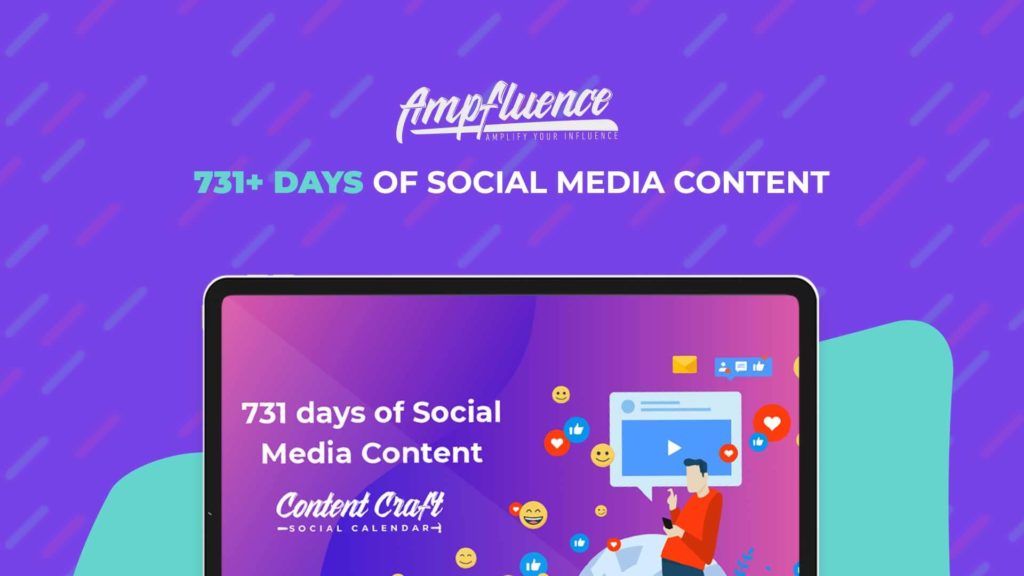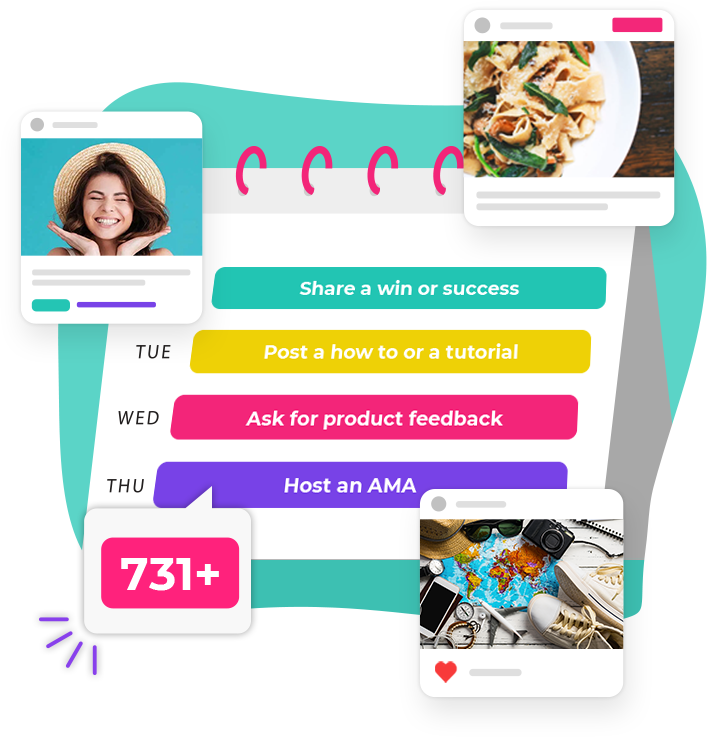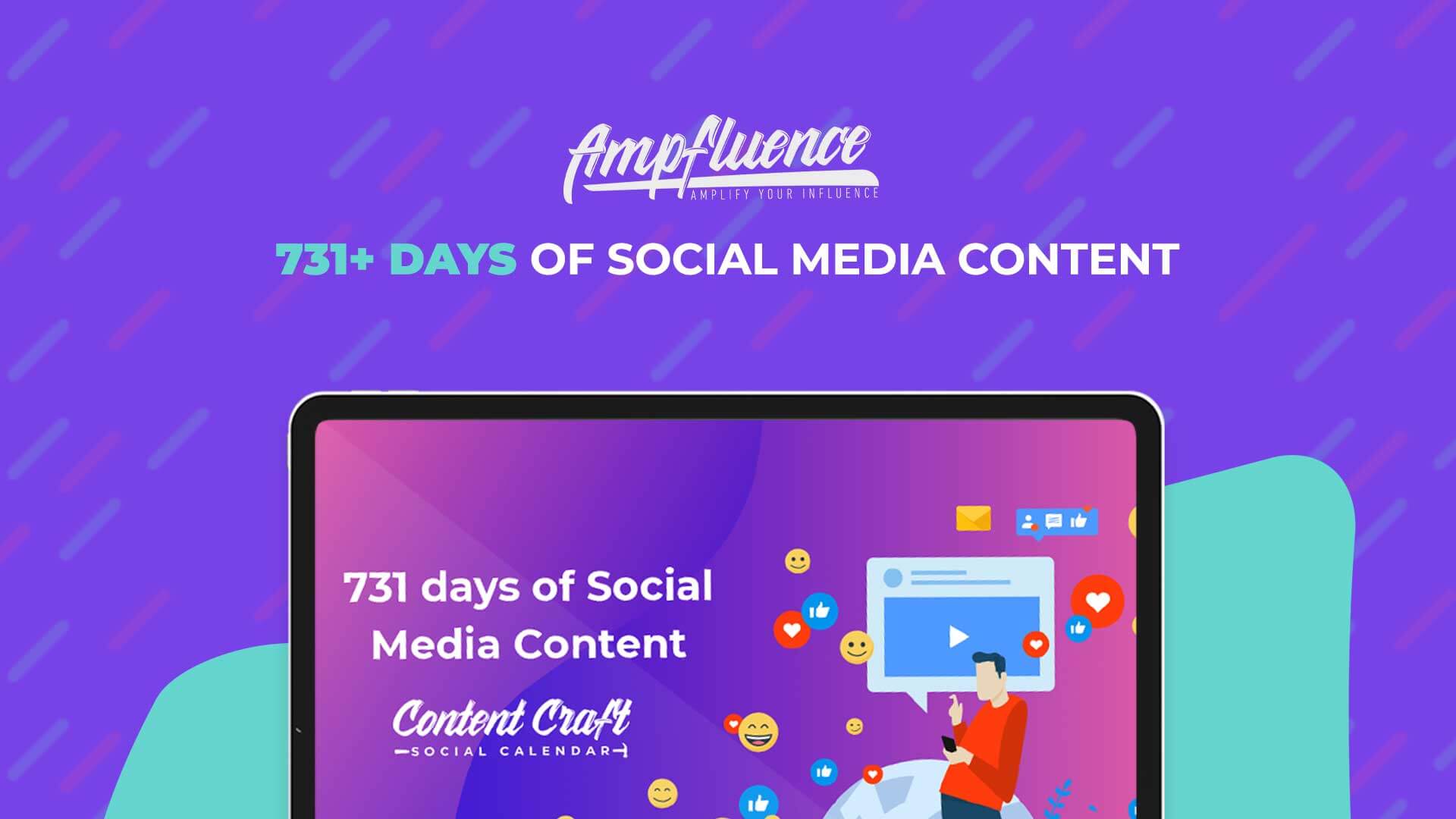A Content Craft Social Calendar helps organize and schedule social media posts. It ensures consistent and strategic content delivery.
A well-organized social calendar is essential for effective social media management. It helps in planning, creating, and scheduling content ahead of time. This proactive approach ensures that your social media channels remain active and engaging. Consistency is key to building a strong online presence and fostering audience engagement.
By using a social calendar, you can align your posts with important dates, trends, and marketing campaigns. It also aids in tracking performance and making data-driven adjustments. Ultimately, a social calendar streamlines your workflow, saves time, and enhances the overall effectiveness of your social media strategy.
Content Crafting Basics
In the digital age, crafting engaging content is crucial. A well-organized Content Craft Social Calendar helps streamline your efforts. This section will delve into the Content Crafting Basics. Learn to define your audience and set clear goals.
Defining Your Audience
Understanding your audience is the first step. Who are they? What do they like? Answering these questions helps tailor your content.
- Age Group: Determine the age range of your audience.
- Interests: Identify their interests and hobbies.
- Location: Know where they live for localized content.
Use tools like Google Analytics to gather data. Create audience personas to visualize your target group. This makes it easier to generate relevant content.
Setting Goals
Setting clear goals guides your content creation process. What do you want to achieve?
| Goal | Example |
|---|---|
| Increase Engagement | Boost social media interactions by 20% |
| Drive Traffic | Increase website visits by 30% |
| Generate Leads | Collect 50 new email subscribers |
- Specific: Define what you want to accomplish.
- Measurable: Ensure you can track your progress.
- Achievable: Set realistic expectations.
- Relevant: Align goals with your overall strategy.
- Time-bound: Set a deadline for your goals.
By setting SMART goals, you focus your content efforts effectively. This ensures your content resonates with your audience and meets your objectives.
Choosing The Right Platforms
Choosing the right platforms is crucial for a successful Content Craft Social Calendar. Different platforms cater to different audiences. It’s important to select the platforms where your target audience is most active. Let’s dive into how you can choose the best platforms for your content.
Analyzing Platform Demographics
Before selecting platforms, understand the demographics of each one. This helps in targeting the right audience.
| Platform | Primary Demographic | Content Type |
|---|---|---|
| Adults aged 25-34 | Text, Images, Videos | |
| Young Adults aged 18-24 | Images, Short Videos | |
| Professionals aged 30-49 | Articles, Industry News | |
| Adults aged 18-29 | Short Text, Links | |
| TikTok | Teens aged 13-18 | Short Videos |
Selecting Primary Channels
Once you know the demographics, it’s time to select your primary channels. Focus on the platforms where your audience is most active.
- Identify where your audience spends most of their time.
- Evaluate the type of content that performs well on each platform.
- Align your content strategy with the platform’s strengths.
For example, if your audience is young adults, Instagram and TikTok might be ideal. For professional content, LinkedIn is a better choice. Making informed decisions will maximize your content’s impact.
Using multiple platforms can also be beneficial. Diversify your content to reach different audience segments. This ensures a wider reach and better engagement.
Creating A Content Calendar
Creating a content calendar is essential for any social media strategy. It helps you organize, plan, and execute your content effectively. This guide will walk you through the key steps to create an efficient content calendar.
Template Selection
Selecting the right template is the first step. A template should fit your needs and be easy to use. You can use a spreadsheet, a dedicated software, or even a printed planner.
Here is a simple comparison table for different template types:
| Type | Pros | Cons |
|---|---|---|
| Spreadsheet | Customizable, Free | Manual updates, Less visual |
| Dedicated Software | Automated, Visual | Costs, Learning curve |
| Printed Planner | Tangible, Easy to use | Not digital, Hard to share |
Scheduling Frequency
Deciding on your scheduling frequency is crucial. It determines how often you will post content. Consistency is key for audience engagement.
Follow these steps to decide your frequency:
- Analyze your audience’s activity.
- Check your competitors’ posting habits.
- Align frequency with your goals and resources.
Here are some general guidelines:
- Daily posts for platforms like Twitter and Instagram.
- Bi-weekly posts for blogs and LinkedIn.
- Weekly posts for YouTube and Facebook.
Adjust your schedule based on performance and feedback. Use analytics tools to track results.

Credit: academy.ampfluence.com
Content Types And Formats
In the ever-evolving world of social media, having a well-structured content calendar is crucial. The Content Craft Social Calendar offers a variety of content types and formats to keep your audience engaged. Let’s explore the main categories: visual and text-based content.
Visual Content
Visual content grabs attention quickly. It includes images, videos, infographics, and more. Adding visual elements can make your posts stand out.
- Images: High-quality photos or graphics.
- Videos: Short clips or longer tutorials.
- Infographics: Visual representations of data or information.
- Memes: Humorous images with text overlays.
| Type | Benefits |
|---|---|
| Images | Highly shareable, easy to create |
| Videos | Engaging, can explain complex ideas |
| Infographics | Informative, visually appealing |
| Memes | Boosts engagement, relatable |
Text-based Content
Text-based content is the backbone of social media strategy. It includes posts, articles, and captions that convey your message clearly.
- Posts: Short updates or announcements.
- Articles: In-depth pieces on relevant topics.
- Captions: Descriptive text for images or videos.
- Quotes: Inspirational or thought-provoking statements.
Using different content types and formats keeps your audience engaged. A varied approach ensures your social media presence remains dynamic and interesting.
Engagement Strategies
Creating a successful social media strategy requires more than just posting content. Engagement strategies are vital to keep your audience actively involved. The Content Craft Social Calendar includes various tactics to boost engagement. Let’s explore some effective methods.
Interactive Content
Interactive content grabs attention and keeps users engaged. Quizzes, polls, and surveys are fun and engaging. They allow users to participate actively. This boosts engagement and provides valuable insights.
- Quizzes: Create quizzes related to your niche. People love to test their knowledge.
- Polls: Use polls to gather opinions on trending topics. It’s quick and easy.
- Surveys: Conduct surveys to understand user preferences. This helps in creating targeted content.
Interactive content not only engages but also creates a sense of community. Users feel valued and more connected to your brand.
User-generated Content
User-generated content (UGC) is a powerful way to boost engagement. Encouraging users to create content builds trust. It also provides social proof for your brand. Here are some ways to leverage UGC:
- Contests: Run contests asking users to share their experiences or photos. Winners can get featured on your page.
- Testimonials: Request users to share reviews or testimonials. Share these on your social media channels.
- Hashtags: Create a unique hashtag for your brand. Ask users to post content using this hashtag.
UGC makes your audience feel involved. It also reduces the content creation burden on your team.
| Type | Benefits |
|---|---|
| Contests | Boosts engagement and brand visibility |
| Testimonials | Builds trust and credibility |
| Hashtags | Increases user participation |
Incorporating these strategies into your Content Craft Social Calendar can significantly enhance user engagement. Keep your content fresh, interactive, and user-focused.

Credit: www.rockethub.com
Analyzing Performance
Analyzing performance helps you understand what works. This step is crucial for your Content Craft Social Calendar. Tracking and analyzing data guides future content creation.
Metrics To Track
Tracking the right metrics is essential. Here are some key metrics:
- Engagement Rate: Likes, shares, and comments.
- Reach: Number of unique viewers.
- Impressions: Total views of your content.
- Click-Through Rate (CTR): Percentage of clicks on your links.
- Conversion Rate: Number of actions taken.
Tools For Analysis
Use tools to analyze your social media performance. Here are some effective tools:
| Tool | Description |
|---|---|
| Google Analytics | Tracks website traffic and user behavior. |
| Hootsuite | Manages social media and analyzes data. |
| Buffer | Schedules posts and tracks performance. |
| Sprout Social | Provides detailed social media analytics. |
Adjusting Your Calendar
Creating a social media calendar is a dynamic process. You need to stay flexible. Adjust your calendar regularly to keep it effective. There are two essential aspects to consider: responding to trends and incorporating feedback. These adjustments will keep your content fresh and engaging.
Responding To Trends
Social media trends change quickly. Keep an eye on current trends. Adjust your calendar to reflect these trends. This keeps your content relevant. Consider these steps:
- Monitor trending hashtags: Use tools like Twitter Trends or Google Trends.
- Adapt to popular challenges: Participate in viral challenges to increase engagement.
- Follow industry news: Stay updated with the latest news in your industry.
By following these steps, your content remains timely. This increases your chances of reaching a wider audience.
Incorporating Feedback
Feedback from your audience is crucial. Use it to adjust your calendar. Listen to what your followers say. Here’s how you can do it:
- Collect feedback: Use polls, surveys, and direct messages.
- Analyze feedback: Identify common themes and suggestions.
- Implement changes: Adjust your calendar based on the feedback.
Incorporating feedback shows that you value your audience. It helps build a loyal community.
Here’s an example of how you can track feedback and trends:
| Week | Trending Topic | User Feedback | Adjusted Content |
|---|---|---|---|
| 1 | #ClimateAction | More eco-friendly tips | Posts on reducing carbon footprint |
| 2 | #TechInnovation | Interest in AI | Articles on AI advancements |
Regularly adjusting your calendar using feedback and trends keeps your content relevant and engaging.
Case Studies And Examples
The Content Craft Social Calendar helps brands plan their social media posts. This tool has helped many companies achieve great success. Let’s explore some case studies and examples.
Successful Campaigns
Many brands have used the Content Craft Social Calendar for their campaigns. Let’s look at some successful ones.
| Brand | Campaign | Results |
|---|---|---|
| Brand A | Holiday Special | 25% increase in sales |
| Brand B | Summer Giveaway | 15k new followers |
| Brand C | Back-to-School Promo | 30% higher engagement |
Lessons Learned
Each campaign taught us valuable lessons. Here are some key takeaways:
- Plan ahead: Brands saw better results with early planning.
- Consistent posting: Regular posts kept the audience engaged.
- Analyze data: Reviewing performance helped improve future posts.
Using the Content Craft Social Calendar makes managing social media easier. These case studies show its impact on campaigns.

Credit: www.ampfluence.com
Frequently Asked Questions
What Is A Content Craft Social Calendar?
A Content Craft Social Calendar is a strategic tool. It helps plan, schedule, and organize social media posts. This ensures consistent and engaging content.
Why Use A Social Media Calendar?
A social media calendar helps maintain posting consistency. It improves content organization and streamlines the scheduling process. It also boosts audience engagement.
How To Create An Effective Social Calendar?
Start by defining your goals. Identify key dates and events. Plan content themes and schedule posts in advance. Use tools for automation.
What Tools Help With Social Calendars?
Tools like Hootsuite, Buffer, and CoSchedule are popular. They offer scheduling, analytics, and collaboration features. These tools streamline the content planning process.
Conclusion
Creating a content craft social calendar streamlines your strategy and boosts engagement. It ensures consistent posting and maximizes audience interaction. Start planning today to see improved results and a more organized approach. Utilize these tips for an efficient and effective social media presence.
Happy content crafting!
